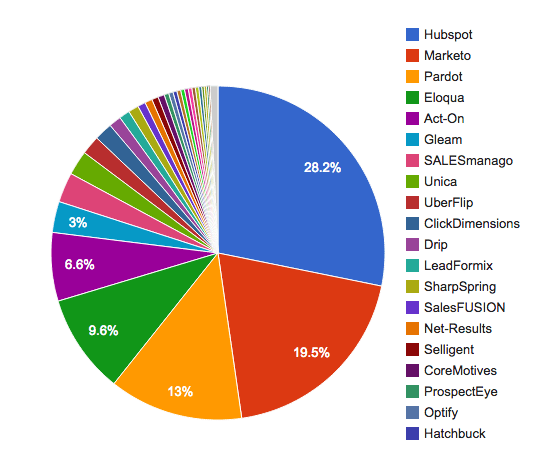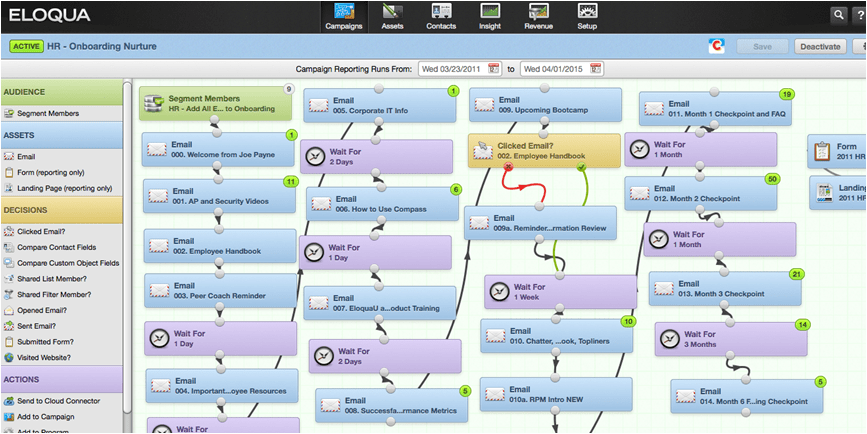What is an NAV?
Our next step is to understand NAV, which stands for Net Asset Value. Just like a share has a price, a mutual fund unit has an NAV. To put it simply, NAV represents the market value of each unit of a fund or the price at which investors can buy or sell units. The NAV is generally calculated on a daily basis, reflecting the combined market value of the shares, bonds and securities (as reduced by allowable expenses and charges) held by a fund on any particular day.
Debt Mutual Funds
Types of Funds
Are you looking to invest for a short period of time or are your plans long term? To be able to choose a fund that perfectly caters to your needs; you need to be aware of the various kinds of funds that exist.
As the name suggests, A Debt Mutual Fund works on borrowing. So what are the conditions that are usually laid down when one borrows?
Reasonable assurance that the principal investment will be returned.
The interest that will be generated based on the rate of interest (also known as the coupon rate).
Tenure or the time over which the principal will be returned.
Companies, state governments and even the central government all require money to run their operations. They offer various debt based instruments like TBills, Debentures, GSecs etc., and Mutual Funds buy the debt that is issued by them.
Debt Funds help bring stability to your investment portfolio since they are lower in risk as compared to Equity Funds, yet riskier than Liquid Funds and their aim itself is to generate steady returns while preserving your capital.
These would typically invest in government securities, NCD, CDs, CPs bonds and other fixed income securities as well as lend money to large organisations or Corporates, in return of a fixed interest rate. Therefore, investing in Debt Mutual Funds would be ideal if you’re looking at a potentially higher return than Liquid Funds over a medium term time horizon, between 3 to 24 months.
Equity Mutual Funds
Unlike Debt Funds, you have absolutely no assurance whatsoever on the principal, rate of interest or tenure when investing in Equity Funds. When you invest in equity, you are considered as an owner of the particular company that you’ve invested in, to the extent of your investment. So naturally, like any owner, your profit is linked with the performance of the company. The higher the profits of the company, the better is the share price and hence the better your gains.
Like with any high risk action, Equity Funds also carry the potential to deliver high returns. And to help counter this risk, Mutual Funds are invested in multiple companies that usually don’t belong to one or correlated sectors. This is known as diversifying.
In the long run, one needs to be guarded against inflation and in the short run, market fluctuations. Equity, though volatile, has proved to be a better bet against inflation, provided one has a long term investment.
Liquid & Hybrid Mutual Funds
In financial terms, the word Liquid simply means “How fast can I get my invested money back?” A highly liquid asset is as good as hard cash. Liquid Mutual Funds have the least risk factor and may give you returns that are slightly higher than a savings account. These funds invest in faster maturing debt securities,therefore making them less risky. The concept here is that the closer the debt instrument is to its maturity, the higher the chances and surety of you getting the principal and interest if there is any.
When would you choose a Liquid Fund?
Without a doubt, a savings account is by far the best option for emergency funds. As the name suggests, a savings account is a savings option. It offers the highest liquidity since you can access your balance at any moment directly through the bank or through ATM machines. But if you are left with funds that are in excess of emergency funds, then Liquid Funds are good options.
They endeavor to give you your money back the very next working day, subject to the receipt of a valid redemption request. In fact, Liquid Funds can be used for investments ranging from a day up to a month or even two.
Hybrid Funds
As the name suggests, Hybrid Funds are those which have a combination of asset classes such as debt and equity in their portfolio. That is, they invest in a blend of debt, money market instruments and equity. Breaking it down even further, depending on the mix of equity and debt, there could be various types of Hybrid Funds as well.
Mutual Funds are flexible
Most people have differing patterns of earning and spending, which is why investments need to be flexible so as to allow you to invest as per your situation. In order to ensure this flexibility Mutual Funds have certain characteristics like: There are various types of Mutual Funds that invest in various schemes, from money market instruments to equities, thus catering to people who’d like to invest for duration ranging from a day to years. Minimum amounts of investment range from as low as Rs. 500, with no upper limit. In the case of open ended funds, daily investment and withdrawal is possible. Invested funds can be received within 1 to 5 working days. There is no maintenance charge on portfolios. You can invest either directly with the Asset Management Company or through a Financial Intermediary.
Mutual Funds are liquid
As you would have learnt earlier, liquidity is all about having access to the money you’ve invested at your convenience. After all, what is the point of getting high returns if you can’t use the funds when you need it? Solid liquidity gives you the advantage of getting your money when you need it the most.
In open ended funds, where you can buy and sell on any business day, you can get your money back generally within 3 working days. And to make things even better, there is a 15% penalty imposed on the Asset Management Company if you don’t get your money within 10 working days.
Mutual Funds are transparent and safe
Naturally there is a feeling of uncertainty or cautiousness you feel when you’re handing over your savings to somebody. You obviously need to be able to trust the person and you definitely want to know what is happening with your money, at all times. In the case of Mutual Funds, your money is handed over to a professional, whose entire job is to keep track of markets and look out for the best opportunities for you. What’s more, Mutual Funds publish a monthly fact sheet which basically lists out all the important facts you need to know about the scheme you’ve invested in.
These facts are:
- Your portfolio of holdings, that shows details of the companies and the amount invested in each company and the rating of the company’s issuance in case the instrument is a debt instrument.
- Past returns, dividends and performance ratios.
- In addition, the NAV is published on AMFI and on each of the fund company websites on a daily basis, ensuring that you’re always in the loop about your investments.
Mutual Funds help you diversify
Like the old saying, “Don’t keep all your eggs in one basket”, diversifying your investments will help you lower your risk. By spreading out your money across different types of investments, investing in multiple companies and investing in more than one sector, you ensure that you always have a back-up plan intact. So when you look to invest, always consider a wide range of options. As you have previously read, Equity Mutual Funds invest in shares of various companies whereas Debt Funds invest in government securities, NCD, CDs, CPs bonds and other fixed income securities. Thus as an investor, you will be able to have a diversified investment basket.
Mutual Funds reduce the transaction cost
The power of bargaining lies in buying anything wholesale. The rate of buying in wholesale will obviously be much lesser compared to the retail rates. Now apply the same principal to Mutual Funds and what do you get? With many people pooling in their savings, you get the advantage of the power of bargaining which reduces the overall transaction cost. And what’s more, as per prevalent tax laws, under provisions of Section 10 (23D) of the Act, any income received by the Mutual Fund is exempt from tax; which simply means that funds don’t pay any tax on the gains obtained from selling securities that they buy on behalf of their investors.
Units. The small but powerful tool
Here’s a fun way of understanding the power and benefit of units. Let’s say that there is a box of 12 chocolates costing Rs. 40. Four friends decide to buy these chocolates but they have only Rs. 10 each and the shopkeeper only sells by the box. So the friends then decide to each pool in the Rs.10 that they have and buy the box of 12 chocolates. Now based on their contribution, they each receive 3 chocolates or 3 units, if equated with Mutual Funds.
And how do you calculate the cost of one unit? Simply divide the total amount with the total number of chocolates: 40/12 = 3.33.
So if you were to multiply the number of units (3) with the cost per unit (3.33), you get the initial investment of Rs. 10.
This results in each friend being a unit holder in the box of chocolates that is collectively owned by all of them, with each person being a part owner of the box.
{{ The Guest Post Blogger organization was not involved in the creation of this content. - Dalvi Prabhakar B, Founder & Digital Manager (SEO,SEM,SMO) }}




